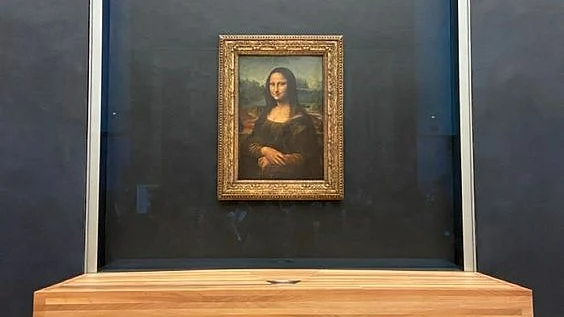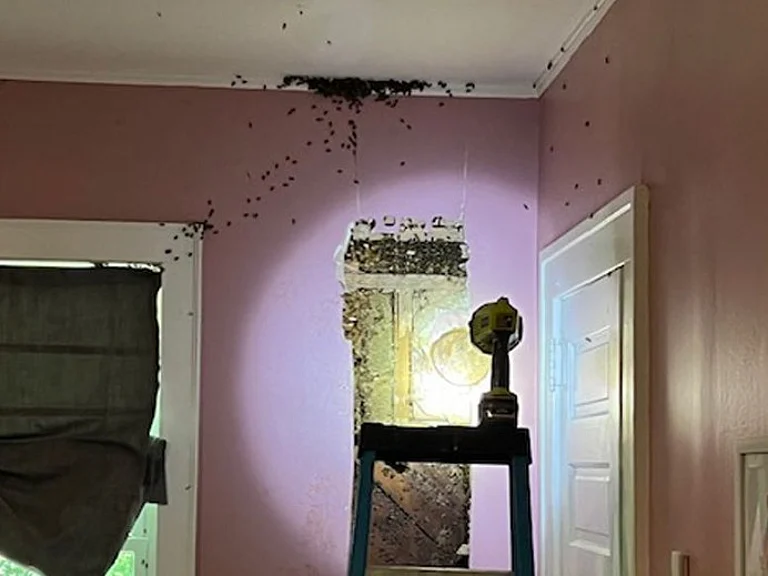Tourists flock to the Louvre Museum in Paris, eager to catch a glimpse of the enigmatic Mona Lisa. However, the reality often falls short of expectations. Long lines snaking through crowded galleries and a fleeting view of the painting encased in bulletproof glass can leave visitors feeling frustrated and disappointed. A recent survey of 18,000 visitors even dubbed the Mona Lisa the "world's most disappointing masterpiece" due to this very experience.
Is Mona Lisa Going Underground? Louvre Considers Relocating Famous Painting To End ‘Public Disappointment’
The Louvre Museum in Paris is considering relocating the Mona Lisa to a dedicated underground chamber to improve visitor experience.

In response to this issue, the Louvre is considering a radical solution: relocating the Mona Lisa to a dedicated underground chamber. This proposal, spearheaded by Louvre director Laurence des Cars, aims to transform how visitors experience this iconic artwork.
Currently, the Mona Lisa resides in a large room, displayed behind security glass. Its position at the back, and the sheer number of visitors vying for a view, often make it appear like a "postage stamp" from afar.
The proposed underground chamber would offer a more controlled environment. By separating the Mona Lisa from the hustle and bustle of the main galleries, the Louvre hopes to create a space conducive to focused appreciation. This could potentially allow for closer viewing and a more intimate encounter with Da Vinci's masterpiece. The relocation is part of a larger "Grand Louvre" renovation project that also envisions a new museum entrance, bypassing the iconic glass pyramid and directing visitors straight to the underground chambers.
The move, however, faces significant hurdles. The estimated cost of €500 million (more than $500 billion) for the entire renovation project puts a strain on the French government, which is currently looking to cut spending. Additionally, there's the question of balancing the Mona Lisa's global status as a "must-see" attraction with the need for its preservation and accessibility.
- Previous Story
 US Elections 2024: Tim Walz, JD Vance To Go Head-To-Head In VP Debate | Key Issues To Watch Out For
US Elections 2024: Tim Walz, JD Vance To Go Head-To-Head In VP Debate | Key Issues To Watch Out For - Next Story


























